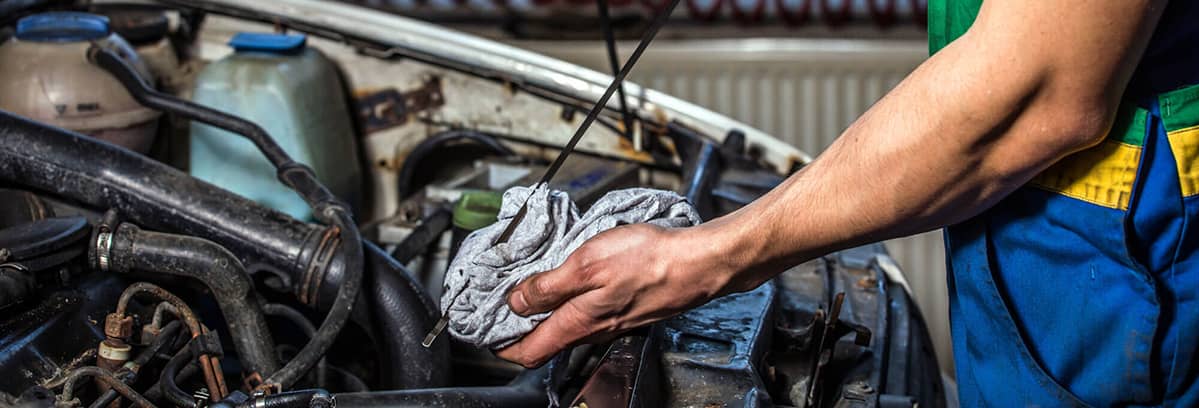Aug 2017
Reviewing the Benefits of National Maintenance Vendors

It seems like a pretty straightforward decision to enroll your fleet in a maintenance program. When administered correctly, a maintenance program will not only result in savings, but will also simplify the process for both drivers and fleet managers. But there’s more to it than just enrolling in the service, you also need to be sure your drivers are using the right vendors. Many savings opportunities will be lost if your drivers don’t utilize the network of vendors. However, we make sure to provide our customers with all the tools they need in order to ensure drivers are taking advantage of national account pricing.
The following savings statistics were calculated using maintenance data from passenger vehicles and light duty trucks within the EMKAY portfolio. This being so, actual savings will vary depending on the makeup of your fleet. However, the goal of this article is it to simply outline the incredible amount of savings opportunities that a properly utilized maintenance program can provide.
Oil-Related Work
A lube, oil, and filter (L-O-F) change is the most common and critical action to assist in ensuring your engine is well maintained. Seeing as this is the most frequent work your driver will need to have done, controlling the pricing of the service is vital. When comparing the average cost of L-O-F changes at national and non-national vendors, the difference is evident. Upon reviewing EMKAY’s 2016 maintenance data we found that National vendor’s costs averaged 42% less than non-National.
Imagine your drivers average 20,000 miles a year and change the L-O-F every 5k miles. In a fleet of 150 vehicles, that’s an annual savings potential of $14k off of oil changes alone. Over a 3 year lifecycle, that’s almost $45k in savings from L-O-F vouchers alone.
Putting on the Brakes
Another very common expense is brake repairs and replacement. On average, the EMKAY portfolio revealed that National accounts were 80% cheaper for brake work. This very substantial difference results in a $23k difference assuming only one brake job per vehicle lifecycle in a 150 vehicle fleet. But of course every fleet has those drivers that love the mash the gas and brakes alike, so it’s safe to assume some vehicles will need multiple brake replacements.
Getting Tired of Tires
Not wanting to be outdone by brake repairs, tire replacements can be quite the hassle. As important as they may be, we all despise having to replace those rubber demons. This is especially true for companies that have to pay for hundreds of sets of tires a year. Sticking with the 150 vehicle fleet, there is a huge opportunity for savings with this voucher type when comparing the average cost of national with non-National. The average difference between the two came out to 40%. If you had to replace each vehicles set of tires at some point during their lifecycle, this would result in around $21k in savings potential.
By simply looking at 3 different maintenance voucher types we found around $90k in potential savings for a 150 vehicle fleet that cycles every three years. Take into account all of the other lovely maintenance issues that vehicles throw into the mix, and the savings potential is huge.
Tools to Get the Job Done
But we noted initially, none of this means anything if drivers aren’t using the in-network vendors. Over the years we found that this was one of the hurdles that companies needed to clear, so we developed solutions. The major jump came when we added a Maintenance Locator feature to our Driver 360 app that locates and directs drivers to the nearest in-network vendors. Another simpler fix was when we updated our emailed service reminders to include the three vendors closest to that vehicles address.
It’s easier than ever to track driver habits, so companies can also take steps internally in order to motivate them to use preferred vendors. Utilize this data to reward those who use national vendors, and possibly penalize those who do not. A simple example would be to offer an added option (i.e. an upgraded entertainment system) upon ordering a new vehicle for drivers that are above a certain percentage threshold for national vendor usage.
The savings potential within fleet maintenance programs is enormous. It starts with selecting the right vehicle and establishing the ideal cycling parameters, but as we detailed above, a huge portion of the potential savings comes from utilizing in-network vendors. For more information on an EMKAY maintenance program or for a full analysis of your specific fleet makeup, go to our contact (hyperlink to contact page) page or reach out to your Strategic Account Manager for a more in-depth discussion.



